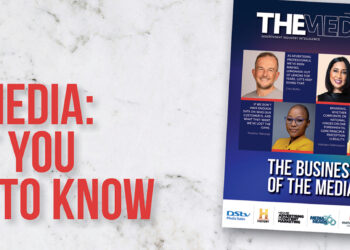For the last 17 years, the Web has been driven by advertising and content has been free, but if you pay attention to trends emerging in the marketplace, that’s going to end sooner than you think, writes Cory Treffiletti for MediaPost.
Over the last few years there have been a number of publishers who’ve placed their content behind a pay wall, and most recently The New York Times is implementing that tactic. Of course, the overwhelming majority of websites still offer their content for free on the web, but the most important trend is actually that mobile devices (phones and tablets) as well as other devices like your television set are all integrating more of an “apps” model, and most of the premium publishers using apps are implementing them on a paid subscription model. Even iTunes has gotten into the game by offering subscriptions to content through its store.
If you connect the dots, you’ll notice that as more publishers engage users through apps, they are potentially cannibalizing their audience from the “web” proper, and consumers are paying for the ease of access. I didn’t uncover too many publishers sharing data on paid subscriptions, but what I did uncover seems to point to the fact that there is a feasible business model to be had. The most interesting development in that space is The Daily, Rupert Murdoch’s iPad news publication. At first pass The Daily seems like an old-world attempt at creating a new-world publication and it’s easy to poke fun at, but if you dig deeper, you do see a solid model that could take hold, albeit over time (it takes time change a habit for consumers).
Their success will be based on their ability to generate a unique point of view that an audience can relate to. Think of it as “what if you could only access Fox News through a paid iPad app?” It wouldn’t be me, but a large number of people would pay for it, because Fox’s is a point of view an audience really wants to hear!
The paid content model in digital is definitely going to become more pervasive over the next two to three years. I’m sure we’ll see a few important publishers either go paid, or establish paid walls for certain components of their content. That being said, I do hope that premium publications that already have a strong subscriber base offline find a way to translate that to the online world as well.
For example: not naming any names, I subscribe to a number of magazines in the offline world, but that doesn’t necessarily get me access to their online subscriptions for my iPad. They want me to pay again for access to that format, even though I know it’s the same content. Additionally, they want to charge a premium for that vs. the printed version, even though we all know the printed version costs them more than the digital version to produce. That seems greedy and shortsighted to me, but what do I know?
Advertising is the missing link in all of this. If consumers become accustomed to paying for content online, can they also set the expectations that they do not want five ads per page? I think they can. If I’m paying for the content, I can reasonably request fewer and more relevant ads in the publication, thereby ensuring a positive, less cluttered experience. Of course, the two operative words in that sentence were “request” and “relevant.” I can request anything I want, but this is a business and I don’t make the decisions. Also, relevance would imply that cookies will still be around to make my experience tailored to me, and that is still up for discussion.
Ahhh — this business is fun, isn’t it? I get the feeling that we will all be looking back at this in about three years and laughing at ourselves.
Where do you think we’re headed in regard to paid vs. free content? Let me know on the Spin Board!
This article republished by kind permission of www.mediapost.com <https://www.mediapost.com>














